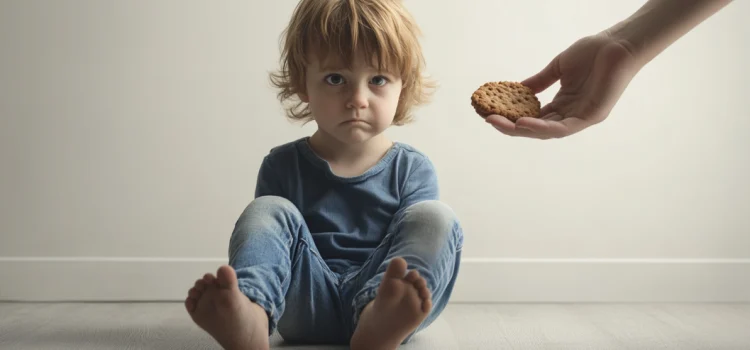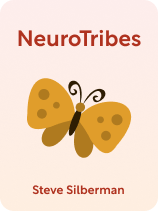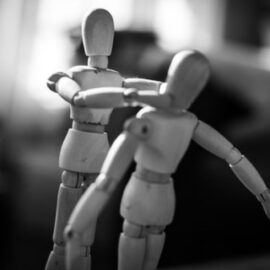

This article is an excerpt from the Shortform book guide to "NeuroTribes" by Steve Silberman. Shortform has the world's best summaries and analyses of books you should be reading.
Like this article? Sign up for a free trial here.
What is applied behavioral analysis (ABA) therapy for autism? Does it work and is it ethical?
Although there is no cure for autism, there were still many who believed they could cure the disorder with behavioral therapy—one of these people was Dr. Ole Ivar Lovaas. This therapy came with a slew of ethical issues, including touching without consent, a lack of autonomy, and more.
Continue reading for an overview of this controversial practice, as told in NeuroTribes.
Applied Behavioral Analysis
Many today still believe that autism can be medically “cured” through biomedical interventions or by avoiding vaccines. In this article, we’ll explain another purported treatment called applied behavior analysis (ABA) for autism: a type of therapy based on the psychological principles of behaviorism. Silberman explains how psychologist Ivar Lovaas developed this “therapy” as a means of ridding autistic children of their autistic traits so they would seem “normal.”
Dr. Ole Ivar Lovaas’s treatment involved teaching children to perform certain behaviors to get a reward—for example, the therapist would instruct the child to give them a hug or a kiss, and they would reward the child with food when they did so. However, as his treatment proved ineffective with some children, Lovaas began implementing punishments for failing to perform the desired behavior, or for performing undesired behaviors like stimming and echolalia. These punishments included striking children, subjecting them to blasts of sound over 100 decibels, subjecting them to electric shocks, and withholding food and water.
Despite outcries from the public and the medical field about the use of ABA on autistic people, some facilities and professionals still practice it and use punishments like electric shock.
While these different approaches have had varying levels of success in treating some aspects of autism, there’s no medical “cure” for autism. And, according to Silberman, there’s no need for a cure: Modern advocates of neurodiversity argue that autism isn’t a mistake or a problem to be solved, but a valuable aspect of humanity. And while many traits of autism can be disabling, the best way to treat these is through social support.
| The Ethics of ABA A major ethical issue with ABA that autistic advocates highlight is that it requires a child to let someone else touch or move their body without their consent. They argue that this teaches children that they’re not in control of their bodies—a violation of their bodily autonomy—and that they don’t have the right to say “no” to what someone else wants to do to their body. This concern becomes especially relevant when we consider that autistic people are significantly more likely to experience sexual abuse than allistic people. Punishments continue to be standard practice in many ABA therapies. The use of electric shocks has largely been eliminated, but the Association for Behavior Analysis International (ABAI) publicly supported this punishment up until November of 2022. One treatment facility in the United States, the Judge Rotenberg Educational Center, continues to use electric shocks on people with autism and other disabilities. This is despite opposition that includes a statement from the UN Human Rights Council that classifies electroshock therapy as torture. And while the methods used to induce behavior change have faced much backlash, many autistic advocates suggest that the overall goal of ABA is inherently unethical. They argue that trying to force an autistic person to behave like an allistic person is a type of conversion therapy, not unlike gay conversion therapy (a practice that was also based on Lovaas’s work). |

———End of Preview———
Like what you just read? Read the rest of the world's best book summary and analysis of Steve Silberman's "NeuroTribes" at Shortform.
Here's what you'll find in our full NeuroTribes summary:
- The truth behind the common misconceptions about autism
- How society’s perception of autism has evolved since the 1930s
- The most effective treatments for autism spectrum disorder






